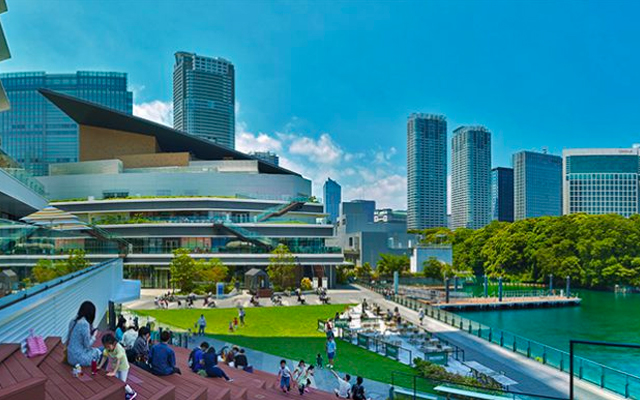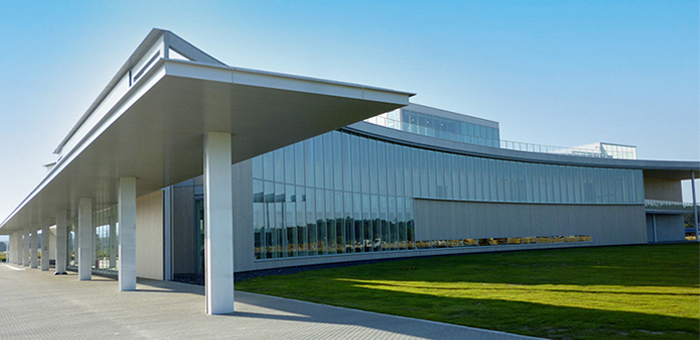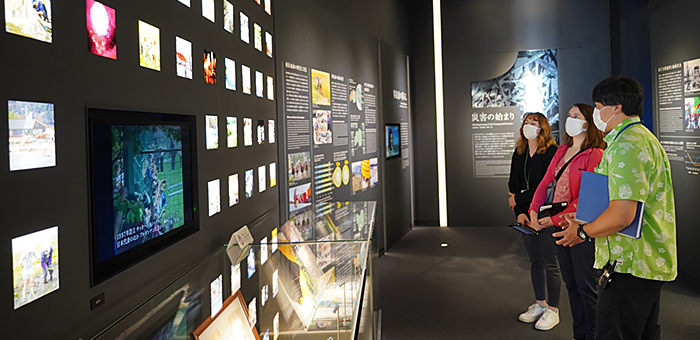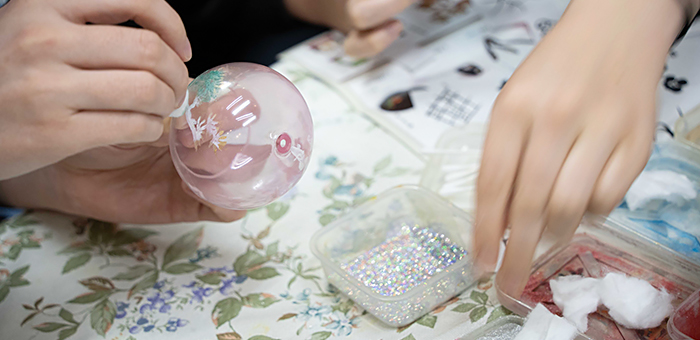Tokyo’s new sustainability offerings satisfy the eco- and business-conscious
Brought to you by Tokyo Convention & Visitors Bureau
Tokyo’s portfolio of sustainable venues and activities has seen a recent boost, with expanded options for holding high-quality events while considering the environment. Here is a snapshot of what is on offer.

At Tokyo Portcity Takeshiba, which opened in September 2020 in the Takeshiba area, near Haneda Airport and Tokyo Station, MICE planners can use CO2 Zero MICE, a state-of-the-art programme that calculates and offsets the cost of the electricity that an event would normally use. Organisers can then replace electricity with renewable energy, thus supporting their sustainability agenda.
Takeshiba Urban Biodiversity Center’s fascinating eight sceneries – sky, bees, rice paddies, vegetable gardens, fragrance, water, islands, and rain – provide participants with a place to learn about, enjoy, and even experience nature, depending on the season, according to the spokesperson.
This immersion in the natural world can continue at the nearby WATERS takeshiba, where the tidal flats of Tokyo Bay are being rejuvenated. Participants can take boat cruises to explore the shoreline and learn about this unique ecosystem as part of an excursion or simply take a break or stroll along the waterfront, which is full of plant, insect and underwater life.

In the heart of the capital, the Marunouchi district is offering great examples of the best sustainability practices for business events. The area’s flagship meeting venue, Tokyo International Forum (TIF), was constructed using sustainable methods and strives for more responsible operations. On-site staff commented that MICE planners highly appreciate the venue’s sustainable efforts, including reducing single-use materials, and placing real-time data on carbon dioxide reduction, solar power generation and solar heat collection of the energy management system on the venue’s website. TIF continuously educates its staff and successfully meets MICE organisers’ requests regarding sustainability.
Nearby, the Ecozzeria Association has introduced initiatives to create a sustainable environment, providing uniquely green and biodiverse spaces for those visiting the area. The Imperial Hotel, a leading MICE facility in Marunouchi, also has an in-depth approach to sustainability, with efforts to reduce food loss and educate their staff on environmentally friendly practices.

Tokyo Big Sight formulated a new Corporate Social Responsibility policy in 2020 and has adopted greener operations. Its new South Exhibition Halls are highly sustainable and comprise extensive greening on the walls and rooftops, contributing to the 40,000m2 of total green space that provides insulation and reduces the heat island phenomenon.

Tokyo’s sustainable approach also extends to experiences and activities. Organisers can choose from a host of exciting indoor and outdoor Sustainable Development Goals options including workshops making decorative items using scraps of used kimono fabric that ensures sustainable consumption and kayaking down the Old Nakagawa River towards TOKYO SKYTREE, a part of the city that has been transformed in recent years thanks to green efforts by local people.
After attending a business event in Tokyo, participants can join one of these experiences to see first-hand how small changes by individuals can contribute to large-scale momentum in sustainability.
With affordable and accessible public transport, more integrated green spaces, environmentally conscious development, and a greater number of sustainable venues, Tokyo is ideal for organisers seeking a sustainable MICE destination.
Preserving tradition in Fukushima
Organisers keen to show the value of preserving local traditions first-hand after a conference in Tokyo can opt for Fukushima as an excursion. Only about 90 minutes from the capital by bullet train and teeming in cultural history, the prefecture is an ideal place to uncover how local people have endeavoured to preserve their culture.
Tour or enjoy a tasting at one of about 50 sake breweries, some of which have been operating for more than 300 years, or visit the craftspeople of Obori Soma Ware, a traditional handicraft that dates back to 1690. Participants interested in hands-on activities can try Kinomoto lacquerware, another craft with centuries of history.
No visit to Fukushima would be complete without taking a moment at the Great East Japan Earthquake and Nuclear Disaster Memorial Museum, which memorialises the triple disaster of 2011 and its longer-term impact.
Ukedo Elementary School, whose students and teachers all fled to safety before it was inundated by the tsunami, was opened in October 2021 as a museum and reminder of the importance of disaster awareness and evacuation safety.
Both sites offer key learnings about what happened at that time and the ongoing recovery and revitalisation efforts. The Fukushima Innovation Coast Framework is one such national project to build new industrial bases via company tours, exhibitions and business exchange events.
With its rich history, local cultural traditions and memorial sites providing a unique insight into the impact and response of the 2011 earthquake, Fukushima will be a valuable addition to any business event in Tokyo.

























